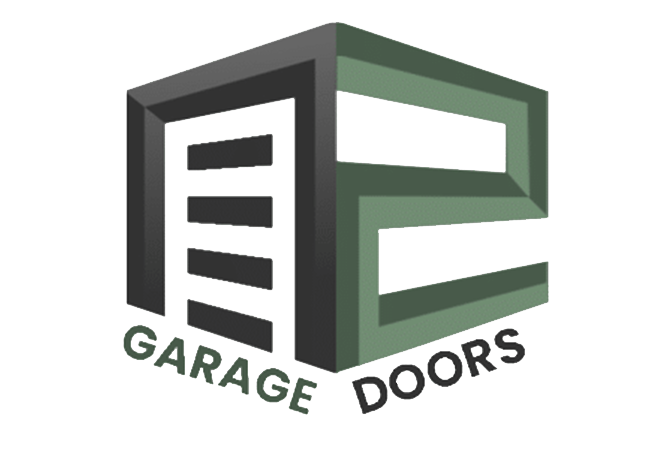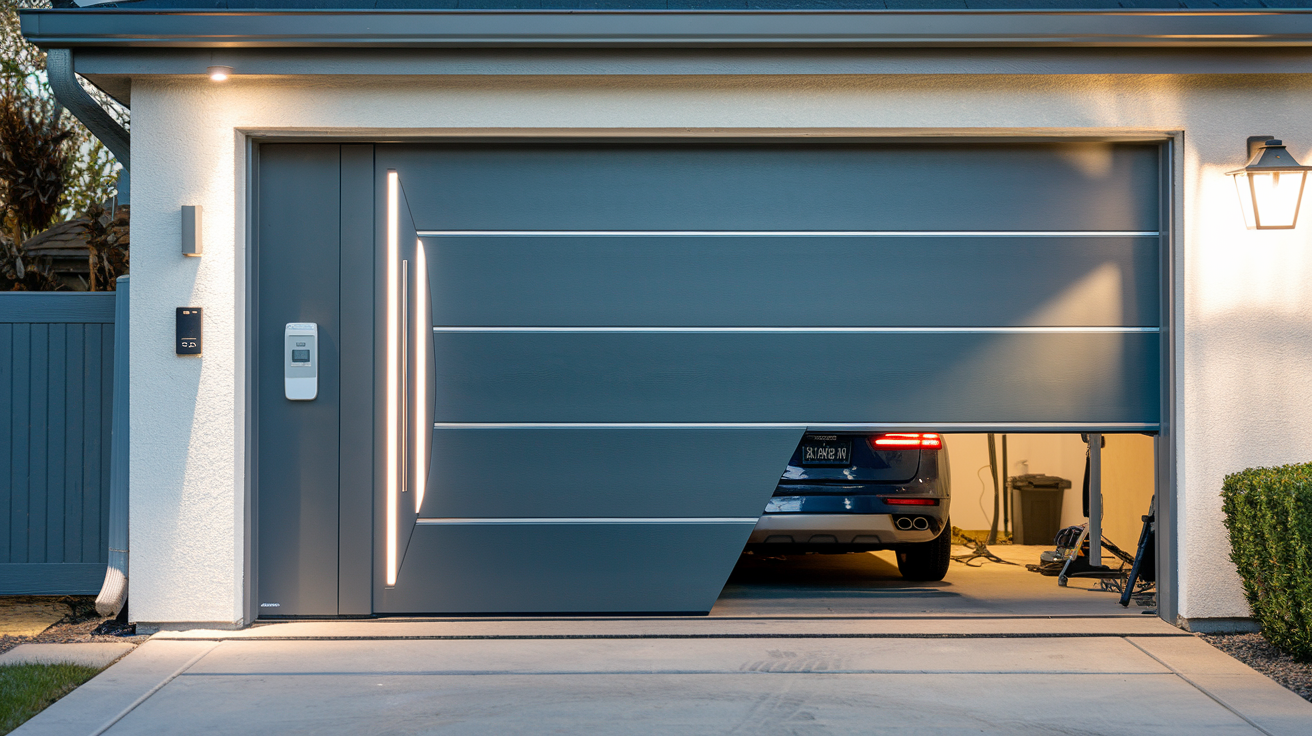Garage Door Safety Features
Garage Door Safety Features: What Homeowners Need to Know
A garage door is more than just an entryway to your home it’s an essential component of home security and functionality. While garage doors provide convenience, they also pose safety risks if not properly equipped with essential features. Each year, thousands of injuries occur due to faulty or outdated garage doors.
For homeowners, understanding garage door safety features can prevent accidents, protect your property, and ensure a longer lifespan for your door. In this guide, we’ll explore key safety features every homeowner should know, why they matter, and how to maintain them for long-term reliability.
The Importance of Garage Door Safety
A garage door is one of the heaviest moving objects in your home. Without proper safety mechanisms, it can become a hazard for children, pets, and vehicles. Investing in modern safety features not only reduces risks but also ensures smooth operation and compliance with industry safety standards.
Common Risks of Faulty Garage Doors
- Injuries from Closing Doors: Malfunctioning doors can cause injuries to people or pets in their path.
- Security Vulnerabilities: Outdated systems may be easier for burglars to manipulate.
- Property Damage: A faulty door can damage vehicles, bikes, or stored items in the garage.
- Mechanical Failures: Lack of safety features can lead to costly repairs due to excessive strain on components.
Essential Garage Door Safety Features
Modern garage doors come with built-in safety mechanisms to protect homeowners and their families. Here are the must-have features to look for in your garage door system.
H3: Auto-Reverse Mechanism
The auto-reverse function is one of the most important garage door safety features. This system detects obstacles in the door’s path and immediately reverses the motion to prevent injury or damage.
How It Works:
- Garage doors use sensors to detect any object blocking the door’s path.
- If an obstruction is detected, the door stops and reverses direction.
- This prevents accidents, especially for children and pets.
Maintenance Tip:
To test this feature, place a solid object (like a block of wood) under the closing garage door. If it does not reverse upon contact, call a professional for an inspection.
Motion Detectors and Photo-Eye Sensors
Motion detectors and photo-eye sensors enhance the auto-reverse function by detecting movement before the door even makes contact with an object.
How They Work:
- Installed near the base of the door, these sensors emit an invisible beam.
- If the beam is interrupted by movement, the door stops and reverses.
- Prevents accidents involving children, pets, or small objects.
Maintenance Tip:
Regularly clean the sensors and ensure they are aligned. Misalignment can cause the door to malfunction.
Manual Release Handle
A manual release handle allows homeowners to open the garage door manually in case of a power outage or motor failure.
Why It’s Important:
- Provides a backup option during electrical failures.
- Essential for emergencies when you need to exit quickly.
- Prevents you from getting locked out of your garage.
Maintenance Tip:
Locate your garage door’s manual release handle and test it periodically to ensure it functions properly.
Rolling Code Technology
Garage doors equipped with rolling code technology enhance security by preventing hackers from accessing the remote signal.
How It Works:
- The remote generates a new code every time you press the opener.
- The receiver in the garage door matches the new code, preventing signal duplication.
- Helps protect against garage break-ins.
Maintenance Tip:
Ensure your garage door opener uses rolling code technology (often branded as Security+ or Genie Intellicode). If you have an older model without this feature, consider upgrading.
Battery Backup System
A battery backup system ensures that your garage door remains operational even during power outages.
Why It’s Important:
- Power failures can leave you stranded inside or outside your garage.
- A battery backup keeps the door functioning for several cycles.
- Provides peace of mind in areas prone to extreme weather or blackouts.
Maintenance Tip:
Test your battery backup every six months and replace the battery as needed.
Force Settings Adjustment
Garage doors have force settings that control the amount of pressure needed to open and close. If these settings are too high, the door might not reverse properly when encountering an obstacle.
Why It’s Important:
- Prevents excessive force that could injure people or damage objects.
- Ensures smooth operation without straining the motor.
Maintenance Tip:
Have a professional inspect your force settings annually to ensure they comply with safety standards.
Additional Safety Measures for Homeowners
Beyond built-in features, homeowners can take extra precautions to enhance garage door safety.
Regular Garage Door Maintenance
Routine maintenance can prevent unexpected failures and ensure all safety features remain functional.
Checklist:
✅ Inspect springs, cables, and rollers for wear and tear.
✅ Lubricate moving parts to prevent rust and friction.
✅ Test the auto-reverse function and motion sensors regularly.
✅ Check for loose bolts or misaligned tracks.
Keep Remote Controls Secure
Garage door remote controls should be kept in safe locations to prevent unauthorized access.
Best Practices:
- Avoid Leaving Remotes in Vehicles: Thieves can break into your car and gain access to your garage.
- Use a Keypad Entry System: Keypad entry eliminates the need for remote controls.
- Consider a Smart Garage Door Opener: Control access through a mobile app instead of a traditional remote.
Educate Family Members
Ensure that all household members, especially children, understand garage door safety.
Key Rules:
🚫 Never stand or walk under a moving garage door.
🚫 Do not place hands near hinges, tracks, or rollers.
🚫 Report any unusual garage door behavior immediately.
When to Call a Professional
Even with proper maintenance, garage doors can develop issues that require professional attention.
Signs You Need a Professional Inspection:
🔴 Unusual grinding or squeaking noises.
🔴 The garage door opens unevenly or gets stuck.
🔴 The auto-reverse feature stops working.
🔴 The remote control or wall button is unresponsive.
If you notice any of these issues, don’t delay repairs. A garage door expert can diagnose the problem and prevent potential safety hazards.
Prioritize Your Garage Door’s Safety
Investing in modern garage door safety features is essential for protecting your family, property, and peace of mind. Features like auto-reverse, motion sensors, and battery backups make garage doors more secure and reliable.
To keep your garage door in top condition, schedule regular maintenance and upgrade outdated safety mechanisms when necessary.
Need a professional inspection or upgrade? Contact Garage Doors Woodlands TX today for expert garage door services! 🚪🔧

